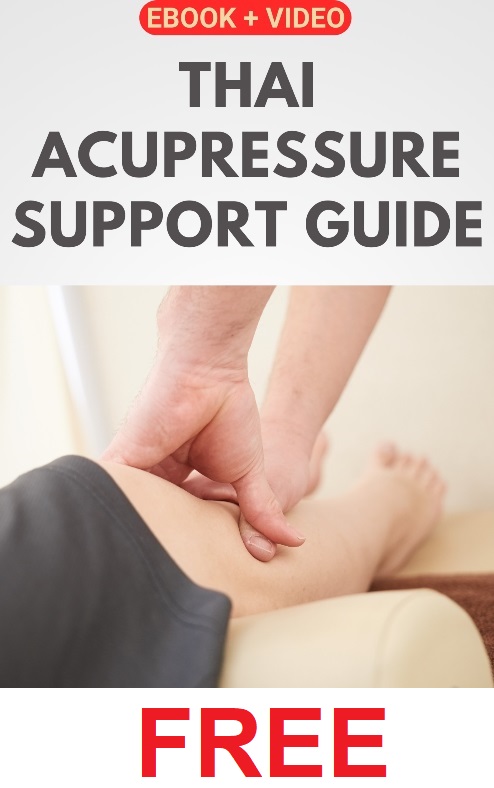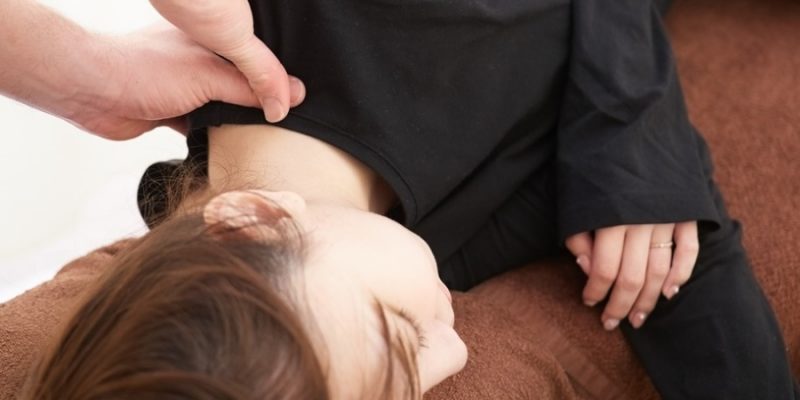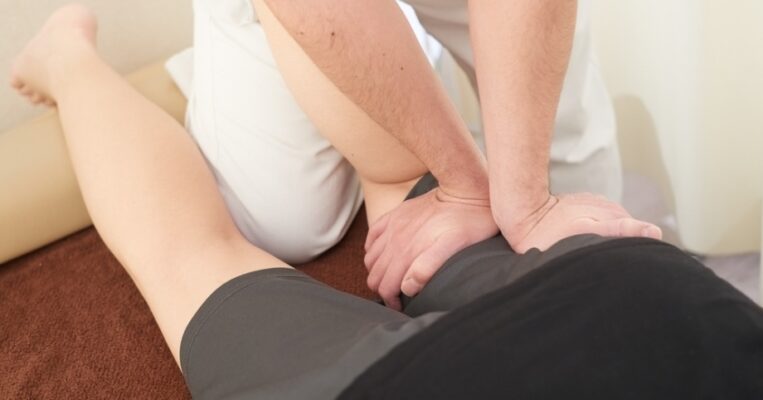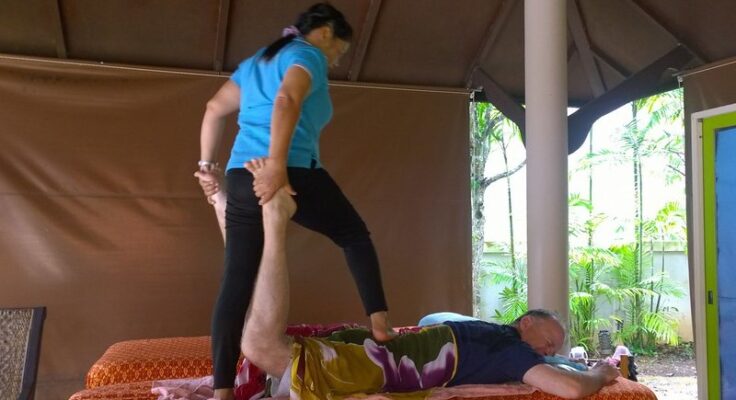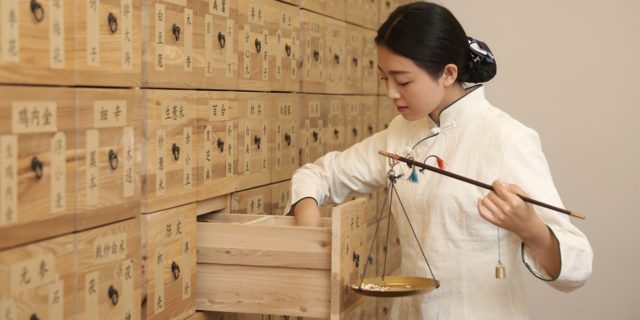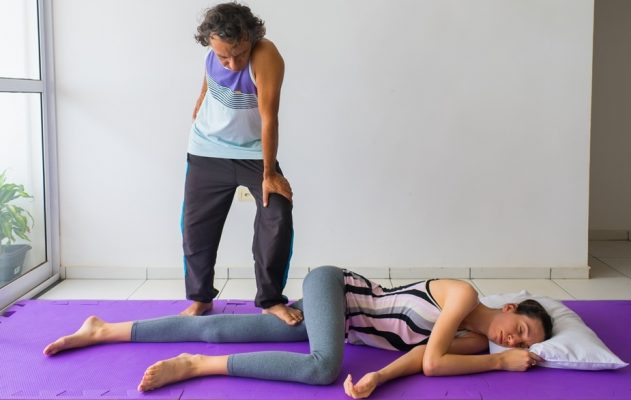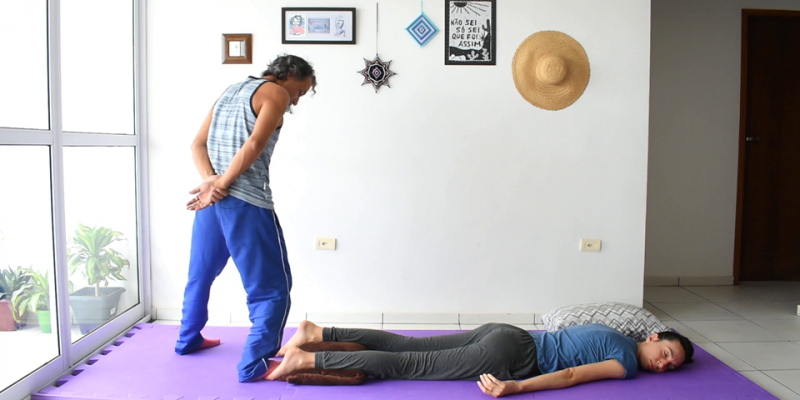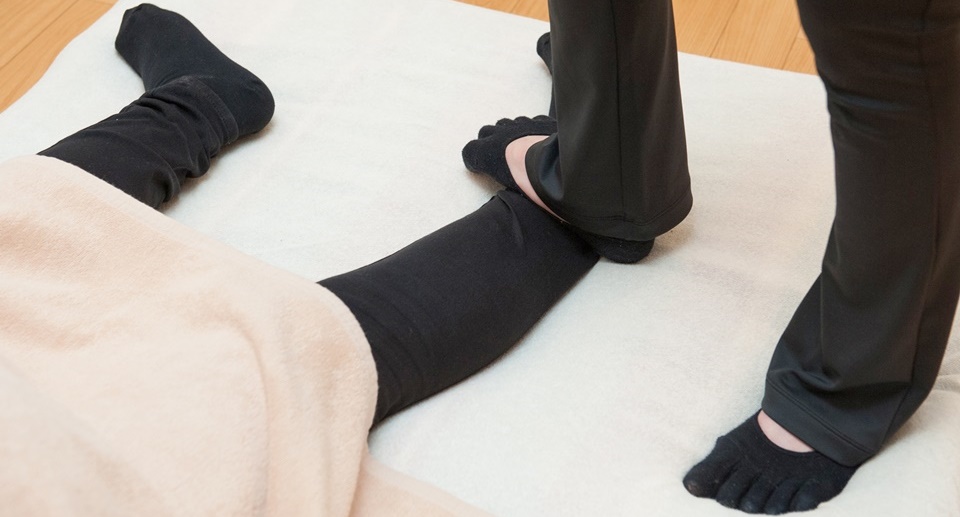
Ashiatsu — also known as Barefoot Shiatsu, Back Walking, or Gliding Feet Massage — is a type of barefoot bodywork where the practitioner uses the heel, sesamoid, arch, and/or whole plantar surface of the feet to give the massage. The name comes from the combination of two Japanese words: ashi, meaning “foot” and atsu, meaning “pressure.”
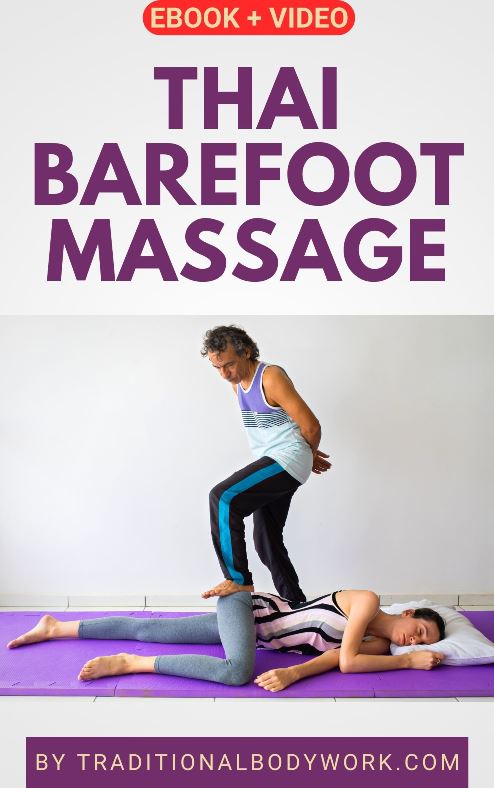
The technique uses deep strokes given with the feet of the massage therapist. It’s considered to be less stressful for the patient’s body than many other massage techniques because pressure from the feet is spread out over a wider area than it would be if applied by the fingers, heel of the hand, or elbow. Ashiatsu stimulates the circulatory system and targets the deepest layers of muscle, joints and bones, in order to provide pain relief and relaxation.
Ashiatsu Barefoot Massage is a holistic treatment that works on the mind, body, and spirit, by stimulating the body’s energy system and enhancing one’s natural ability for self-healing. It’s commonly used to treat dense muscle tissue problems and chronic pains, back and hip issues, as well as for deep relaxation.
A treatment is usually performed on a large massage table, but it can also be given on a floor mat. The therapist massages with the bare feet, which may include having support of bars or a rope hanging from the ceiling to keep balance. Depending on the type of Ashiatsu practiced it can be given with or without the use of oils or lotions, and with the receiver clothed or unclothed.
History

Ashiatsu developed from the combination of Japanese Shiatsu Massage and the ancient knowledge of barefoot massage. The specific origin or background of barefoot massage is difficult to pinpoint, but studies have traced it back to ancient India, China, Japan, and other Asian countries.
The first record of a bodywork modality that uses the feet to give massage comes from the Kerala region of India, where a practice known as Chavutti Thirumal (“Chavutti” means foot or leg, and “Thirumal” means massage) was developed among practitioners of martial arts and classical dance to help their bodies heal from injury and remain flexible. The practice soon spread to other areas of Asia.
In Japan, it was combined with the study of pressure points and meridians, being a development of Shiatsu Massage, which in its turn is a development of Anma Massage based on Traditional Chinese Medicine (TCM) concepts.
Ashiatsu nowadays
A Shiatsu therapist who has been instrumental for the development of Barefoot Shiatsu was Shizuko Yamamoto, who’s also the creator of Macrobiotic Shiatsu. She published her book on Barefoot Shiatsu in 1979.
In the past decades, Ashiatsu has become increasingly popular in the West, developing into additional forms, such as the style of Ruthie Piper Hardee who developed a trademarked form of Ashiatsu called Ashiatsu Oriental Bar Therapy.


